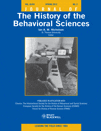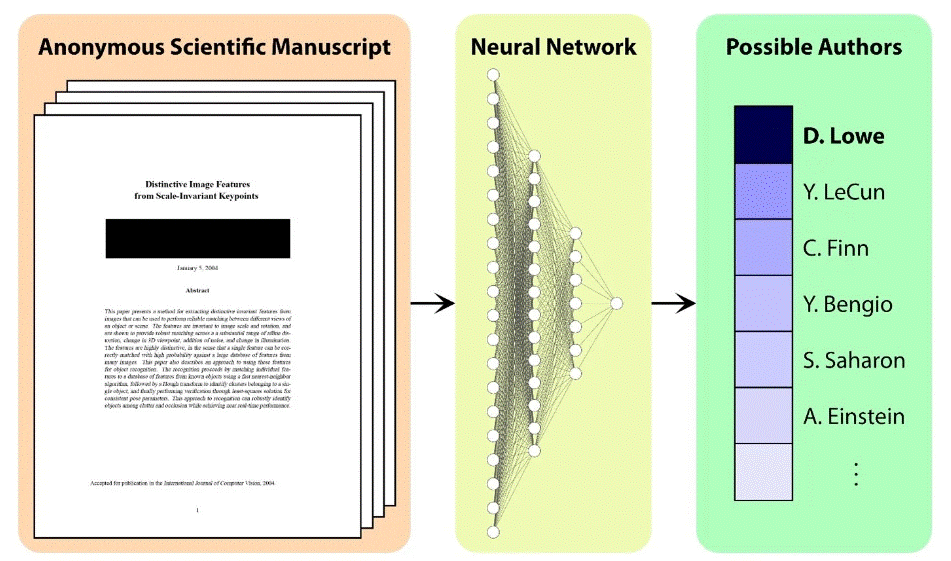Archive for August 2023
Another case of the theory to practice gap: South Korean early childhood education and care
Examining the unique and additive effect of trauma and racial microaggressions on substance use risk among Black young adults.
Flourishing and Forgiving
Designing Men’s Health Programs: The 5C Framework
Cognitive Adaptation to Stress and Trauma: The Role of Self-Appraised Problem-Solving in Posttraumatic Stress Disorder
A systematic review of the literature on community-level child protection in low- and middle-income countries
The second empty nest: The lived experience of older women whose intensive ‘grandmotherhood’ has ended
Efficacy and Safety of Dual-target Deep Brain Stimulation for Treatment-resistant Alcohol Use Disorder
The Navajo Nation Healthy Diné Nation Act: Community Support of a 2% Tax on Unhealthy Foods
Through Thick and Thin: Exposure to Instagram Advertisements and Willingness to Engage in Appearance-Altering Practices
Work with us: Services Australia
Therapeutic and Economic Benefits of Service Dogs Versus Emotional Support Dogs for Veterans With PTSD
Formal models of differential framing effects in decision making under risk.
Risk and protective factors of social networks on alcohol, cannabis, and opioid use among urban American Indian/Alaska Native emerging adults.
Preparing for the Next Pandemic or Public Health Crisis
Non-disclosure of drug injection practices as a barrier to HCV testing: results from the PrebupIV community-based research study
Availability of Dialysis Facilities in Minoritized Racial/Ethnic Group Areas
Facial expression of pain: Sex differences in the discrimination of varying intensities.
Dance becomes therapeutic in the mid to late 20th century

Abstract
The convergence of dance art and therapeutic culture engendered the development of dance-movement therapy in the mid to late 20th century internationally. This article traces the sociopolitical, institutional, and aesthetic influences that coalesced in this process by contrasting histories of dance-movement therapy in Hungary and in the United States. The professionalization dance-movement therapy, through which it established its own theory, practice, and training institutions, occurred first in the United States in the late 1940s. Modern dancers in the United States began to conceptualize their activity as therapeutic, and the dancer as a (secular) healer, a therapist. The influx of therapeutic concepts into the field of dance is viewed as an example of therapeutic discourse permeating various areas of life in the 20th century. The Hungarian case provides a contrasting history of therapeutic culture, one that deviates from the predominant view of the phenomenon as a product of the global spread of Western modernization and the growth of free-market capitalism. Hungarian movement and dance therapy indeed developed independently from its American predecessor. Its history is intimately tied to the sociopolitical context of state-socialist period, particularly to the institutionalization of psychotherapy in public hospitals, and to the adaptation of Western group psychotherapies within the informal setting of the “second public sphere.” The legacy of Michael Balint and the British object-relations school provided its theoretical framework. Its methodology was rooted in postmodern dance. The methodological differences between American dance-movement therapy and the Hungarian method reflects the shift in dance aesthetics that occurred internationally between 1940 and 1980s.
Balancing Data Provision and Data Protection: A Natural Experiment With HIV and Syphilis Surveillance Data in the United States
AI can crack double blind peer review – should we still use it?

Seeing red: Distraction influences visual attention for anger but not for other negative emotions.
Intentions to receive COVID-19 vaccines in the united states: Sociodemographic factors and personal experiences with COVID-19.
Does PBL improve own apprenticeship abilities’ development and subject’s overcoming? The reality behind students’ professional success
#blacklgbtqlivesmatter: The Intersectionality of Black and LGBTQ+ Rights Movements on Twitter in Honor of Dominique “Rem’mie” Fells, Riah Milton, Egypt Powers, Brayla Stone, and Merci Mack
San Francisco’s In-Kind Child Support Pilot
A divergent effect of stimulus perceptual details on affective and semantic representations of valence.
Longitudinal studies of challenging behaviours in autistic children and adults: A systematic review and meta-analysis
Applied Categorical and Count Data Analysis, 2nd Ed

The Reemergence of Syphilis Among Females of Reproductive Age and Congenital Syphilis in Victoria, Australia, 2010 to 2020: A Public Health Priority
Voices From the Field | Multigenerational Gang Intervention
